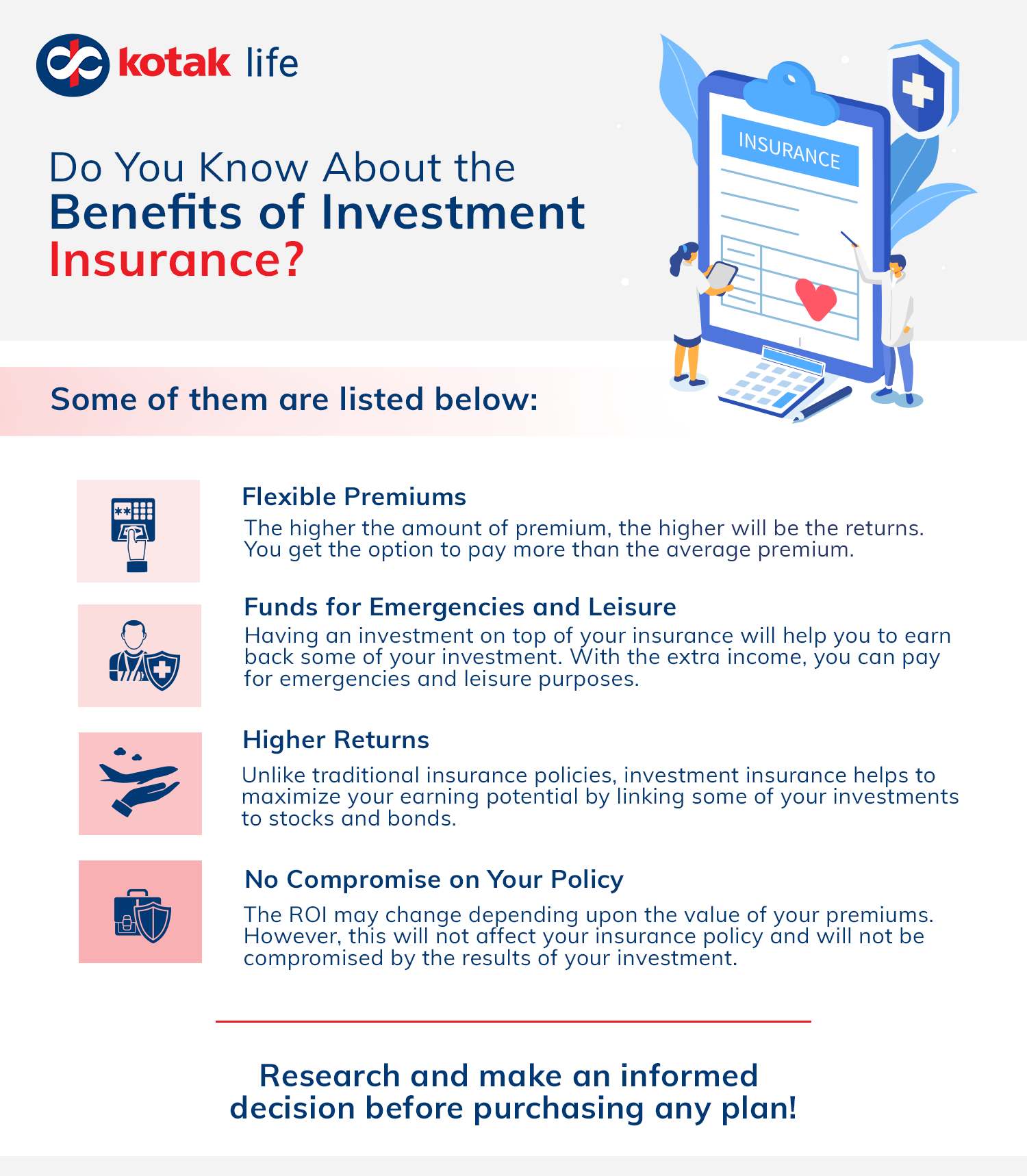6 Simple Techniques For Pacific Prime
6 Simple Techniques For Pacific Prime
Blog Article
Pacific Prime Things To Know Before You Get This
Table of ContentsNot known Details About Pacific Prime The Facts About Pacific Prime UncoveredOur Pacific Prime Diaries4 Easy Facts About Pacific Prime DescribedThe 9-Second Trick For Pacific Prime

This is since the information were collected for a period of solid economic efficiency. Of the estimated 42 million individuals who were uninsured, all yet about 420,000 (concerning 1 percent) were under 65 years of age, the age at which most Americans become eligible for Medicare; 32 million were grownups in between ages 18 and 65, around 19 percent of all adults in this age; and 10 million were children under 18 years of age, regarding 13.9 percent of all children (Mills, 2000).
These quotes of the variety of individuals without insurance are generated from the yearly March Supplement to the Existing Populace Survey (CPS), carried out by the Census Bureau. Unless otherwise noted, national estimates of individuals without medical insurance and percentages of the populace with different kinds of protection are based upon the CPS, one of the most extensively utilized source of price quotes of insurance coverage and uninsurance rates.
4 Simple Techniques For Pacific Prime

Still, the CPS is specifically useful because it creates yearly estimates reasonably swiftly, reporting the previous year's insurance policy protection approximates each September, and due to the fact that it is the basis for a constant set of quotes for even more than two decades, enabling evaluation of fads in protection over time. For these reasons, in addition to the comprehensive use of the CPS in various other studies of insurance policy protection that exist in this report, we depend on CPS estimates, with restrictions noted.

The quote of the number of without insurance people broadens when a populace's insurance standing is tracked for numerous years. Over a three-year period beginning early in 1993, 72 million people, 29 percent of the U.S. https://pacificpr1me.bandcamp.com/album/pacific-prime. population, were without insurance coverage for at the very least one month. Within a single year (1994 ), 53 million people experienced at least a month without coverage (Bennefield, 1998a)
6 out of every ten without insurance grownups are themselves used. Although functioning does enhance the likelihood that one and one's family participants will have insurance policy, it is not a warranty. Also participants of families with two full-time breadwinner have practically a one-in-ten chance of being without insurance (9.1 percent without insurance price) (Hoffman and Pohl, 2000).
The smart Trick of Pacific Prime That Nobody is Discussing
New immigrants account for a considerable proportion of people without medical insurance. One evaluation has attributed a substantial portion of the current growth in the dimension of the U.S. uninsured population to immigrants who got here in the nation between 1994 and 1998 (Camarota and Edwards, 2000). Current immigrants (those who pertained to the USA within the previous four years) do have a high price of being without insurance (46 percent), but they and their youngsters make up simply 6 percent of those without insurance coverage across the country (Holahan et al., 2001).
The relationship between medical insurance and accessibility to care is well established, as documented later on in this phase. Although the partnership in between wellness insurance and health outcomes is neither straight neither easy, a comprehensive professional and wellness solutions study literature links medical insurance coverage to enhanced access to care, better high quality, and enhanced personal and populace wellness condition.
Degrees of analysis for analyzing the results of uninsurance. This conversation of medical insurance protection focuses largely on the U.S. populace under age 65 due to the fact that basically all Americans 65 and older have Medicare or other public coverage. It focuses especially on those without any type of health insurance coverage for any kind of size of time.
How Pacific Prime can Save You Time, Stress, and Money.
The problems encountered by the underinsured are in some aspects similar to those faced by the without insurance, although they are typically less extreme. Health and wellness insurance coverage, however, is neither essential neither adequate to gain accessibility to medical solutions. The independent and direct effect of wellness insurance protection on access to wellness solutions is well established.
Others will certainly obtain the healthcare they require even without medical insurance, by spending for it out of pocket or seeking it from providers that offer care cost-free or at highly subsidized rates. For still others, medical insurance alone does not make certain invoice of care due to these details various other nonfinancial obstacles, such as an absence of healthcare carriers in their neighborhood, minimal accessibility to transportation, illiteracy, or etymological and cultural differences.
8 Simple Techniques For Pacific Prime
Official study about uninsured populations in the USA dates to the late 1920s and very early 1930s when the Board on the Price of Healthcare generated a collection of records concerning funding medical professional workplace check outs and hospital stays. This concern came to be significant as the varieties of clinically indigent climbed up during the Great Depression.
Report this page